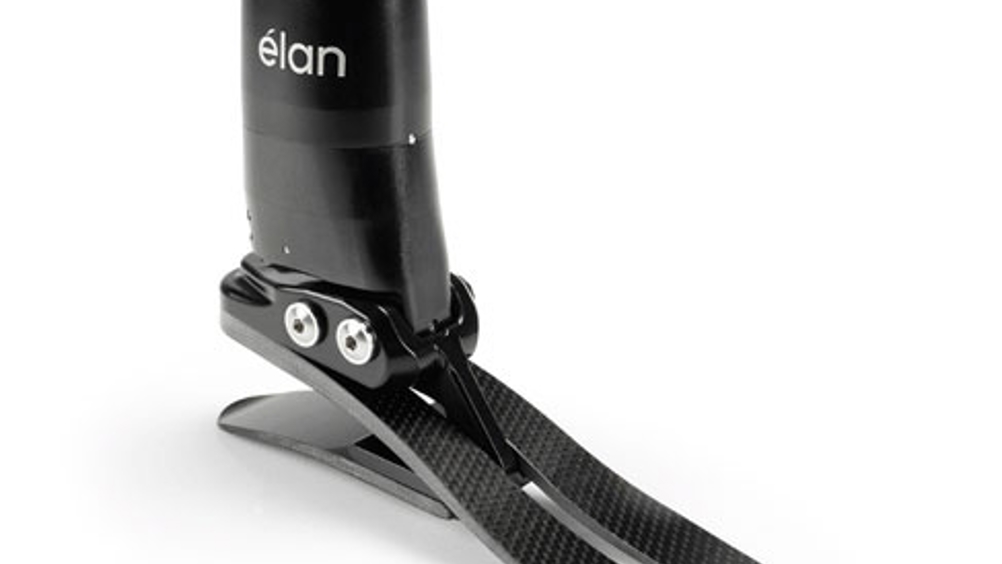Engineers develop prosthetic that mimics the human ankle
Engineers at Blatchford have developed the ’élan’ foot — a microprocessor-controlled prosthetic that is expected to provide amputees with a greater freedom of movement.

Dr David Moser, a biomechatronics engineer at Blatchford, explained to The Engineer that if a prosthetic does not interact with the ground in a smooth manner then the body will have to compensate in some way, which can cause discomfort to the user.
Due for release in December, the élan uses two microprocessors to redistribute weight and resistance around the artificial ankle joint so that it replicates how a human ankle works and allows amputees to walk with relative ease on inclines. The microprocessors work in tandem with the hydraulic ankle, which sits on top of carbon-fibre foot springs.
Moser said: ‘By adapting the hydraulic ankle module, you can adjust how much mechanical energy goes in and out of the foot springs.’
The élan is reportedly able to detect the outside environment through intelligent sensors that are built into the device.
Moser explained: ‘Somehow this system needs to know how the prosthesis has been fitted to the amputee, what springs are being used, and how that amputee walks. It also needs to understand the environment that the amputee is walking in.
Register now to continue reading
Thanks for visiting The Engineer. You’ve now reached your monthly limit of news stories. Register for free to unlock unlimited access to all of our news coverage, as well as premium content including opinion, in-depth features and special reports.
Benefits of registering
-
In-depth insights and coverage of key emerging trends
-
Unrestricted access to special reports throughout the year
-
Daily technology news delivered straight to your inbox










Water Sector Talent Exodus Could Cripple The Sector
Well let´s do a little experiment. My last (10.4.25) half-yearly water/waste water bill from Severn Trent was £98.29. How much does not-for-profit Dŵr...